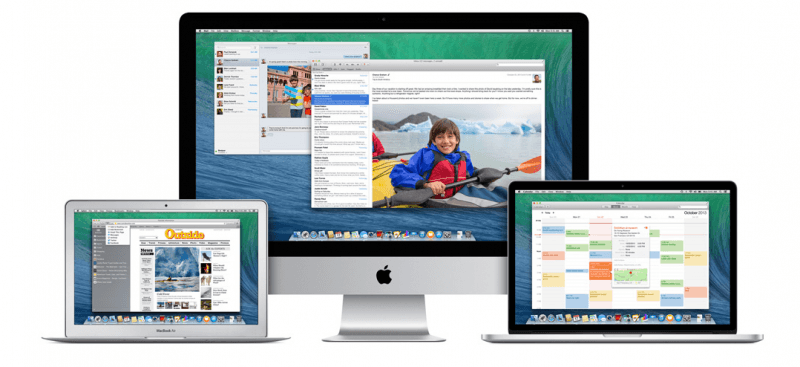People who are happy with Windows DPI scaling are those who never used it. There are programs (especially annoying with professional, multi-thousand dollar music applications) that simply will not work in a scaled Windows environment. Many will look bad or have interface elements in wrong places or text unreadable, etc. It is a great pain, and only looks well on the paper, like anything that Microsoft does. Since I switched to Mac, I don't use any scaling, because the font size is big enough for my eyes as it is. I have a Mac Book Pro Retina, and I hate running Windows on it, because the scaling does not work well - system windows open very small, but with huge letters, and colour management is rotten, as I cannot use different profiles for work and for gaming. I don't have such problems on Mac OS X. I never had a 16-bit monitor, I didn't know they exist, but I'm sorry to hear Mac OS X doesn't support them. Probably it is due to lack of such support from hardware, I only know Matrox video card that had 10bpp support, but probably mainstream GPUs used in Apple computers do not support it.
On Windows you have the same OS X scaling options in addition to the old XP scaling option that you are describing from 10 years ago. There are also three additional scaling modes that can be used. So if you like OS X's scaling/native rendering, Windows can do that.
There are also several new scaling features available to software developers since Vista was released. The new Metro/Modern/WinRT Apps also have a new flow and scaling options, so they render natively on any resolution or screen layout.
I get that XP scaling mode kind of sucked, but back then in 2001, OS X's scaling really sucked as well. Since Vista, Windows has added several new scaling modes and also opened up several new scaling options to software developers.
Photoshop and illustrator look stunning on a 4K display on Windows. - And Adobe didn't have to create new versions to support the higher resolutions on Windows like they did for OS X.
With Windows 8.1 if you are having problems with scaling on your Mac, you need to check your resolution settings and adjust how you want the display to work the best for you. You can get it to work just like OS X if you want.
(One note that does trip up users, on Windows 8/8.1, when the user first adjusts the scaling from the default values Windows selects, they need to log out and log back on, even though Windows doesn't tell them how important this is. Until they log out, all scaling will be the blurry 'resampled' mode.)
As for greater than 8bpp color support, this is something that Apple has kept very quiet about, as they have customers that are graphic professionals, and do buy 10/12bpp displays, and they also buy common GPUs that support the higher color resolutions. (Even using the OpenGL application specific workarounds like Linux/FreeBSD users can turn to don't work on OS X, as the 'composer' negates the expanded color rendering.) The dirty secret is that Mac users are only getting 'more' color out of the higher bpp displays via the display's onboard expanded color estimation.
